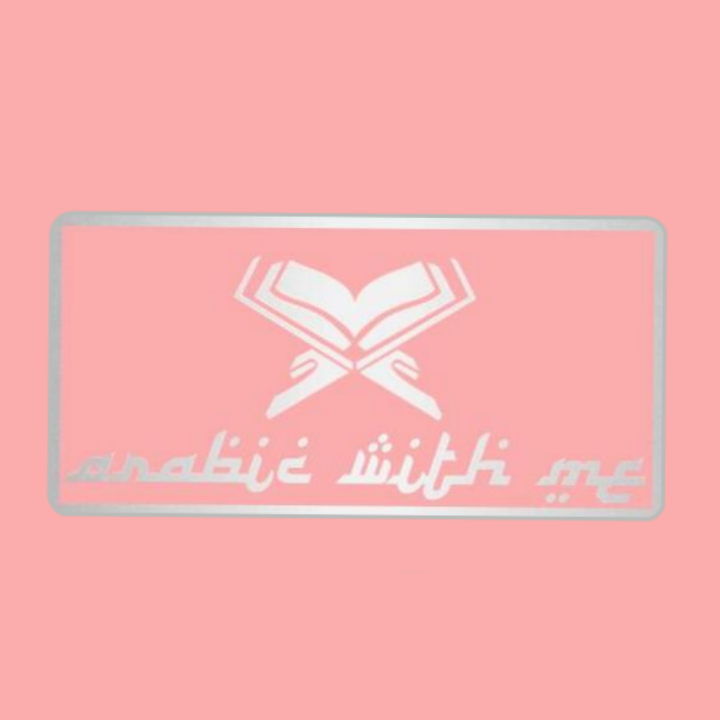Lesson 6 - The Pronouns | الضمائر
- Arabic With Me

- Jan 12, 2023
- 2 min read
INTRODUCTION TO THE PRONOUNS
Pronouns are used to speak about ones self and others in their presence or absence.
There are two main types of pronouns in the Arabic language:
a) Ad Dameer Al MunfaSil الضمير المنفصل ( Detached Pronoun )
b) Ad Dameer Al MuTTasil الضمير المتصل ( Attached Pronoun )
We are going to deal for now only with Detached Pronouns.
There are certain characteristics of the detached pronouns, such as:
a) the detached pronouns, as the name says, are detached and never attached to any other noun;
b) they are considered مرفوع ( marfoo’ ) despite of them not ending with -un/ -u ;
c) they re fixed in their case, meaning, their ending never changes. In Arabic, nouns that do not change their ending are called مبني ( mabniyy ) ;
d) the detached pronouns are a type of مبتدأ ( mubtada’ ), and therefore, an another attribute, they can come at the beginning of a sentence, i.e.
هُوَ طَالِبٌ
Huwa Taalibun. ——> Huwa هو ( detached pronoun ) —-> He is a student.
e) the detached pronouns are معرفة ma’rifah ( definite ) ;
f) we use the detached pronouns to talk about the third person غَائِبٌ, to address someone directly مُخَاطَبٌ, and about the speaker ( ones self / our selves ) مُتَكَلِّمٌ
g) the detached pronouns: هُوَ and هِيَ when used to talk about someone who possesses intellect, are understood as ‘he’ and ‘she’, but when used to talk about something without intellect, then it is translated as ‘it’. Now let’s learn some pronouns.
There are 14 detached pronouns and its a great idea to have them memorize like the back of your hand.
I will post 2 pictures with a hand that can help memorize the pronouns in sha'a Allah:








Comments